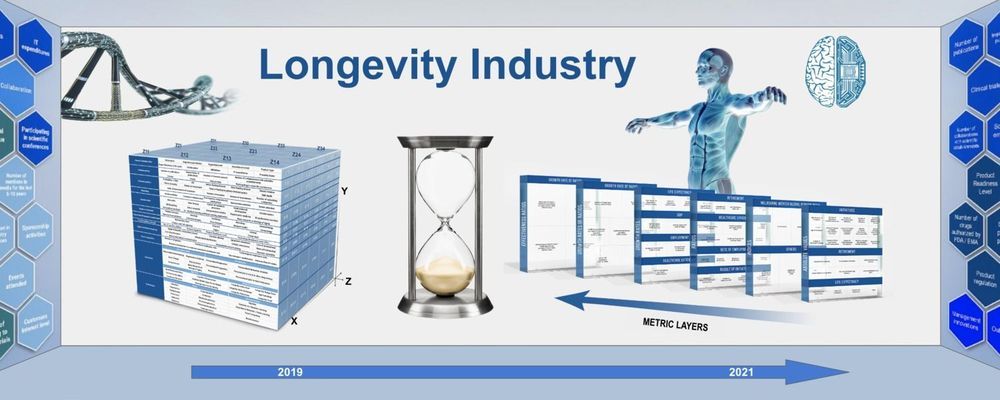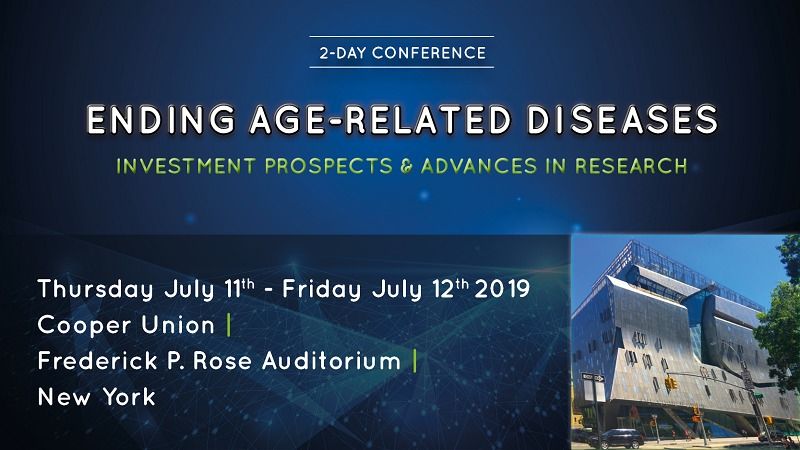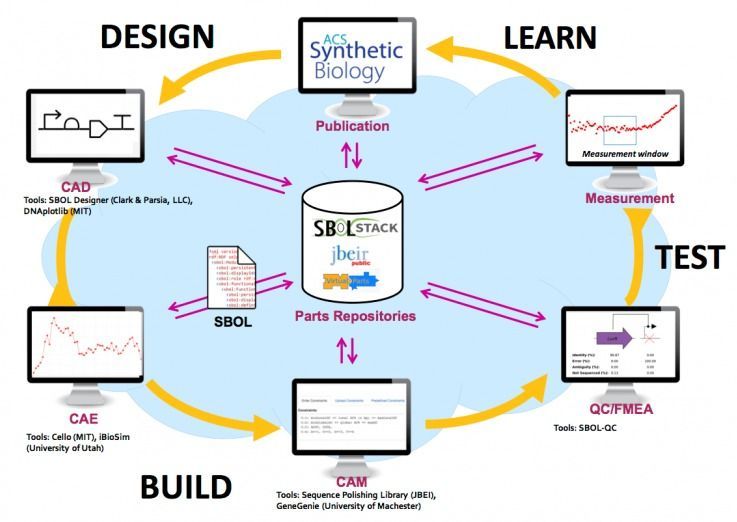Lux Capital, a New York-based venture capital firm, has raised more than $1 billion across two new funds to back companies on “the cutting edge of science.” The firm raised $500 million for its sixth flagship early-stage fund and another $550 million for an opportunity fund focused on growth-stage investments. Limited partners include global foundations, university endowments, and tech billionaires.
Lux also announced a new hire: Deena Shakir, formerly of GV (Google Ventures), has joined as an investment partner.
To the regular person, Lux’s investments are considered moonshot. The firm has backed entrepreneurs that are working on everything from neurostimulation to nuclear energy to synthetic biology. During my last interview with co-founder and managing partner Josh Wolfe, I actually called one of his portfolio companies “freaking crazy.”








